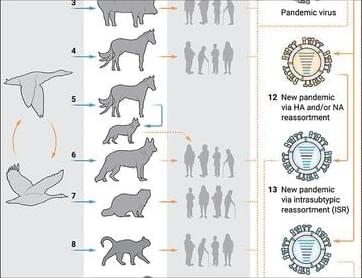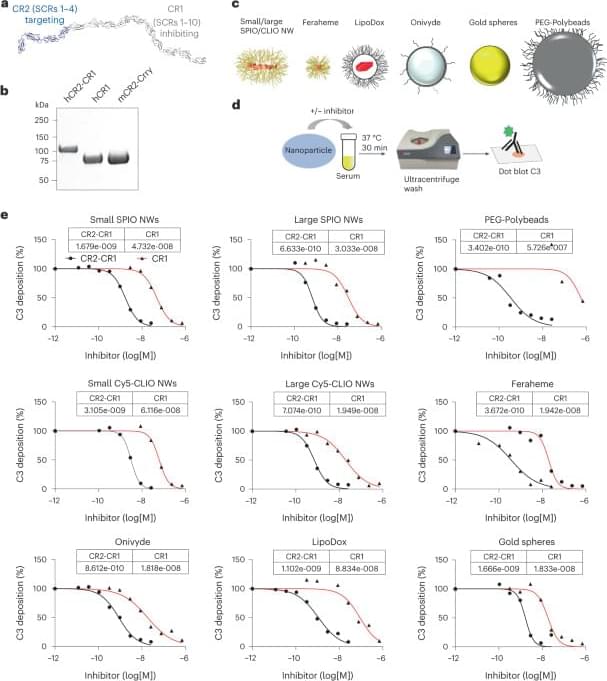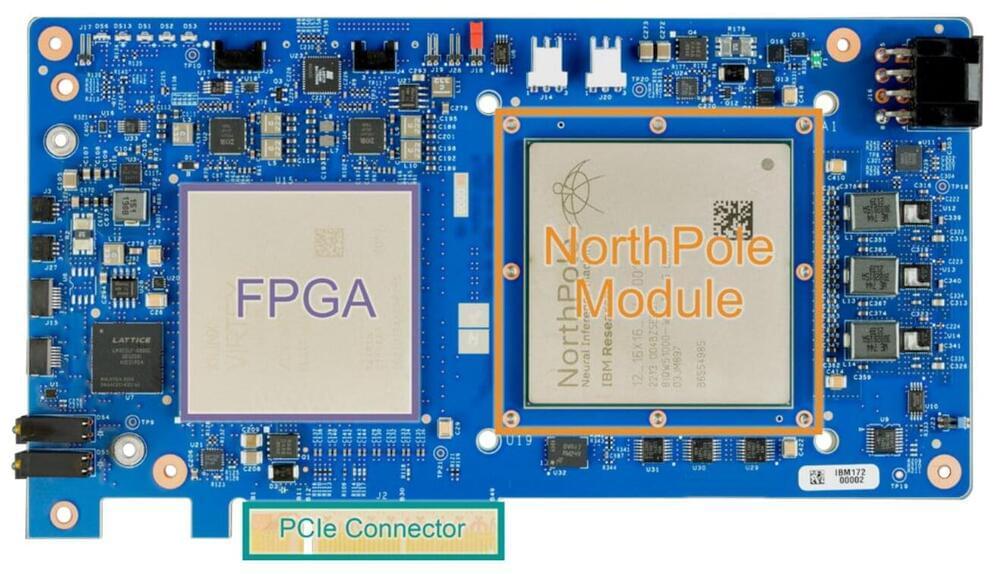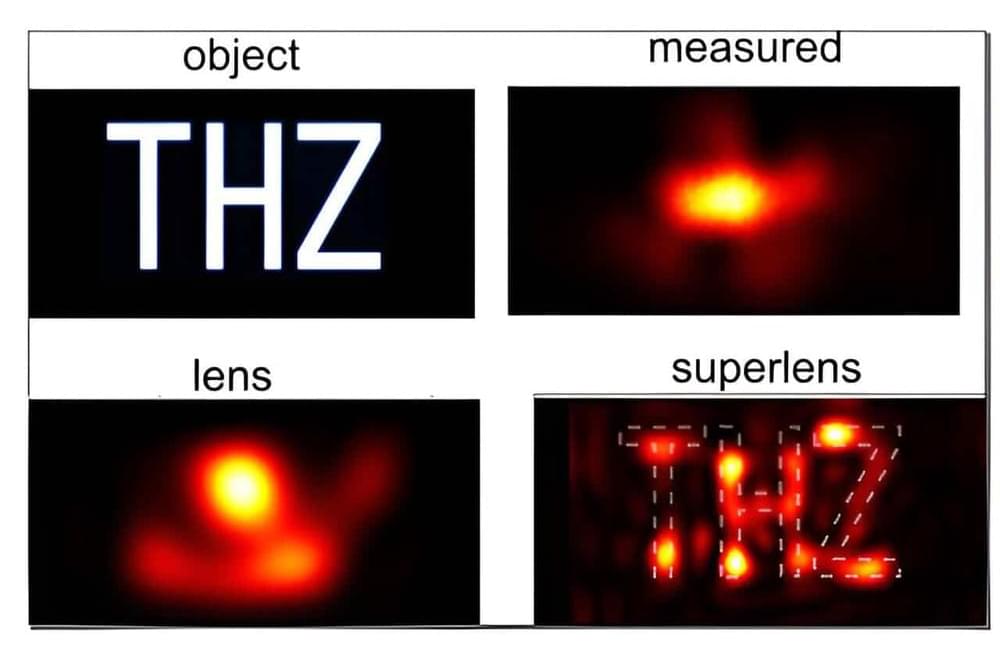This model of computing would use 1/1000th of the energy today’s computers do. So why aren’t we using it?



Influenza viruses are believed to have sparked at least 14 human pandemics in the past 500 years; the most devastating of which began in 1918. Yet, despite intense study and considerable advances in public health, virus surveillance and virology, there is no simple answer to this pressing question: when and how will the next flu pandemic arise?
NIAID scientists including Jeffery K. Taubenberger, M.D., Ph.D., consider the many potential pathways to future influenza pandemics in a new viewpoints essay in Science Translational Medicine. There are no hard and fast ‘rules’ specifying, for example, what characteristics a given avian influenza virus must possess to allow it to efficiently infect… More.
Influenza pandemics have emerged for centuries but still cannot be accurately predicted.

A NIAID-funded study suggests a strategy to mitigate harmful side effects of nanoparticles in medicine. The researchers showed in animal models that a lab-made molecule safely prevented nanomedicines from activating a set of immune-system proteins called the complement system and causing negative side effects. This is significant because when nanoparticles activate complement, the resulting immune response can not only cause an adverse reaction, but also reduce the efficacy of nanomedicines.


Breast changes are very common, and most breast changes are not cancer. Our health guide for women explains:
A breast lump may be benign or a symptom of breast cancer. Learn about follow-up after an abnormal mammogram. See pictures of breast cancer, cysts, and calcifications. Find out symptoms for benign breast conditions, precancers, and DCIS.

A large team of computer scientists and engineers at IBM Research has developed a dedicated computer chip that is able to run AI-based image recognition apps 22 times as fast as chips that are currently on the market.
In their paper published in the journal Science, the group describes the ideas that went into developing the chip, how it works and how well it performed when tested. Subramanian Iyer and Vwani Roychowdhury, both at the University of California, Los Angeles, have published a Perspective piece in the same journal issue, giving an in-depth analysis of the work by the team in California.
As AI-powered applications become mainstream tools used by professionals and amateurs alike, scientists continue work to make them better. One way to do that, Iyer and Roychowdhury note, is to move toward an “edge” computer system in which the data is physically closer to the AI applications that are using them.



It’s been a month since a Maryland man became the second person to receive a transplanted heart from a pig — and hospital video released Friday shows he’s working hard to recover.
Lawrence Faucette was dying from heart failure and ineligible for a traditional heart transplant when doctors at the University of Maryland School of Medicine offered the highly experimental surgery.
In the first glimpse of Faucette provided since the Sept. 20 transplant, hospital video shows physical therapist Chris Wells urging him to push through a pedaling exercise to regain his strength.

Researchers have developed a potentially revolutionary superlens technique that once seemed impossible to see things four times smaller than even the most modern microscopes have seen before. Known as the ‘diffraction limit’ because the diffraction of light waves at the tiniest levels has prevented microscopes from seeing things smaller than those waves, this barrier once seemed unbreakable.
Many have tried to peer below this optical barrier using a technique that researchers in the field term ‘superlensing, including making customized lenses out of novel materials. But all have gathered too much light. Now, a team of physicists from the University of Sydney says they have discovered a viable path that peeks beyond the diffraction limit by a factor of four times, allowing researchers to see things smaller than ever seen before. And the way they did, it is like nothing anyone else has tried.
Breaking the Diffraction Limit by ‘Superlensing’ without a Superlens.